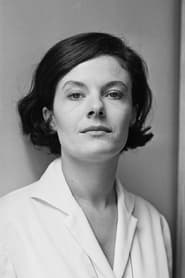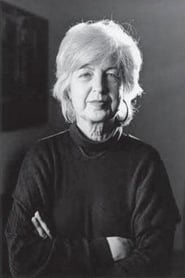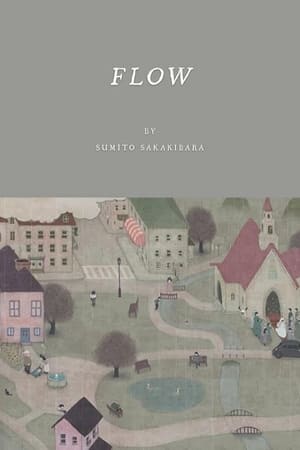
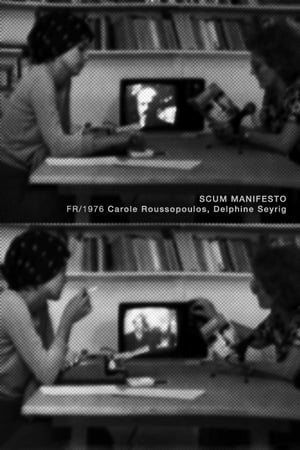
Scum Manifesto(1976)
Delphine Seyrig reads passages from a Valerie Solanas’s SCUM manifesto.
Movie: Scum Manifesto

Scum Manifesto
HomePage
Overview
Delphine Seyrig reads passages from a Valerie Solanas’s SCUM manifesto.
Release Date
1976-01-01
Average
5.3
Rating:
2.6 startsTagline
Genres
Languages:
FrançaisKeywords
Recommendations Movies
 8.0
8.0Winter of the Witch(en)
The life of a witch is disrupted by the arrival of a boy and his mother. The intruders' presence makes her struggle to adjust to the modern world, and to change from bad to good witch. Based on the book "Old Black Witch" by Wende and Harry Devlin.
 6.7
6.7In a Thicket(ja)
Sato's re-imagining of In a Grove, on which Rashomon was based. In this version, instead of a web of lies and agendas, we get a web of desires, perversions like incest, and occult phenomenon like an oracle-demon, hallucinations, and human sacrifice. Once again, the story starts with a detective trying to unravel the story of a man and a woman encountering a bandit-rapist in the woods, but the real story keeps turning out to be unfathomable as layer upon layer of strange motives and events keep turning up.
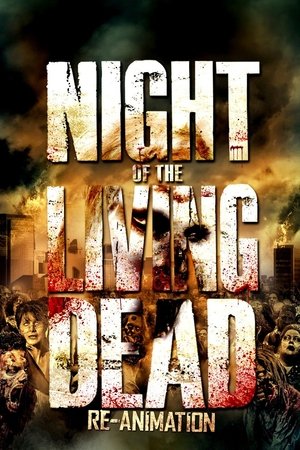 6.2
6.2Night of the Living Dead: Re-Animation(en)
After inheriting the family mortuary, a pyrophobic mortician accidentally exposes hundreds of un-cremated bodies to toxic medical waste. As the corpses re-animate, the mortician's inheritance-seeking younger brother unexpectantly shows up, stumbling upon a full zombie outbreak!
 8.7
8.7Kill Shot(en)
Posing as hunters, a group of terrorists are in search of $100 million that was stolen and lost in a plane crash en route from Afghanistan.
 6.8
6.8R-Rated Idol Seung-ha's Sex Scandal(ko)
When they were young, Min-joo and Seo-yeon cared for each other and were closer than brothers and sisters. However, she accidentally learns about Seo-yeon's tutor, Woo-hyeon, and because of this man, their 10-year friendship starts to become shaky. Meanwhile, Jeong-soo is hurt in seeing Min-joo like that, and so he distanced himself from Min-joo. Because of Min-joo and Seo-yeon's misunderstanding, Jeong-soo who couldn't care much might just leave so Min-joo tries to break up with the help of Seo-yeon. While in the process of breaking up, Min-joo and Seo-yeon went back to their close relationship. The love of women who have been separated because of man, and the two men's friendship is comically drawn.
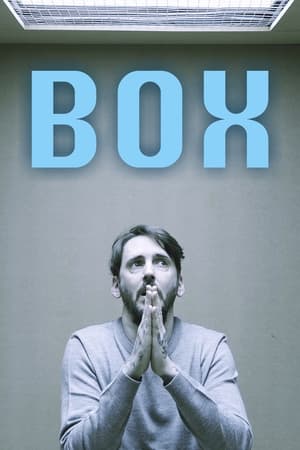 6.2
6.2Box(en)
The execution was scheduled and the last meal consumed. The coolness of the poisons entering the blood system slowed the heart rate and sent him on the way to Judgement. He had paid for his crime with years on Death Row waiting for this moment and now he would pay for them again as the judgment continued..
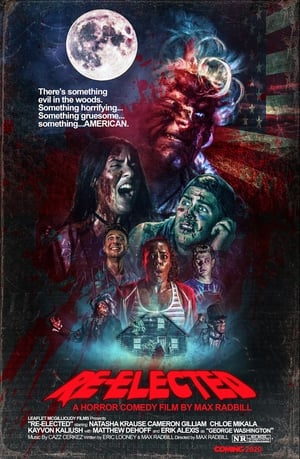 7.0
7.0Re-Elected(en)
Friends battle former U.S. presidents when they come back from the dead as zombies on the Fourth of July.
 9.9
9.9The Way to the Heart(en)
Ava, an award-winning chef at a big-city restaurant, has lost her spark. Her boss sends her out to find herself to save her menu and her job. She returns home and finds little to inspire her, but when she reunites with her childhood friend Logan, Ava has to get her head out of the clouds and her foot out of her mouth to rediscover her passion for food.
 9.2
9.2Hanna-Barbera's 50th(en)
The special is hosted by Tony Danza and Annie Potts celebrating 50 years of William Hanna and Joseph Barbera's partnership in animation. This is the first animated project to be broadcast in Dolby Surround sound system.
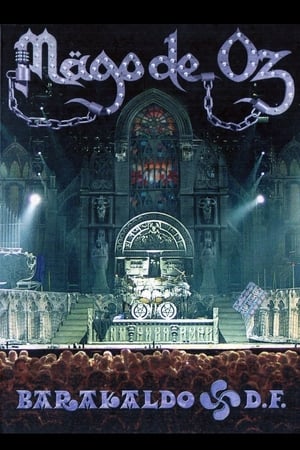 5.1
5.1Mago de Oz - Barakaldo DF(en)
Barakaldo D.F. is the fourth live album and third live DVD of the band Mägo de Oz
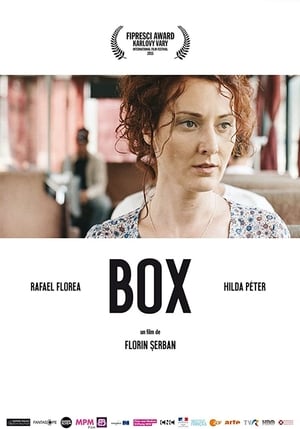 6.4
6.4Box(ro)
Box is a story of two people who meet at a crossroad. Two different destinies, two different lives, face to face in a game of sweat, blood and tears. Rafael (19) is a young boxer who dreams to conquer the world; Cristina (33) is a single mother who lost her balance. Two lives; one running very close to the earth, the other trying to fly high up, too high.
 6.6
6.6Gordon Lightfoot: If You Could Read My Mind(en)
From the song he refuses to perform to his admiration for Drake, a songwriting legend reflects on his lyrics and longevity with candour and humour. At 80 years young (and currently recording another album), Gordon Lightfoot continues to entertain and enlighten. Personal archive materials and studio sessions paint an intimate picture of an artist in his element, candidly revisiting his idealistic years in Yorkville's coffeehouses, up through stadium tours and the hedonistic '70s.
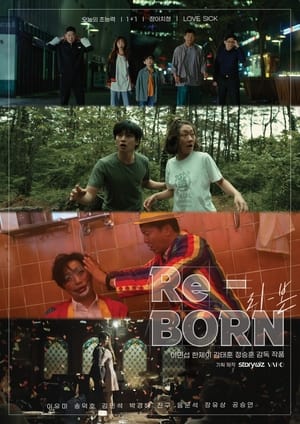 7.4
7.4Re-BORN(ko)
Synopsis 1. "Today's Superpower" (26min, 오늘의 초능력, o-neul-eui cho-neung-ryeok) by Lee Min-seob People who claim to be able to use superpowers once a day gathered! But why can't they use their superpowers? Do they really have superpowers in the first place? 2. "1+1" (30min, 1+1) by Han Jay "Toot! I'm 1+1!" One day, the same alter ego as me appeared! 3. "Jangah & Chichung" (35min, 장아치청, jang-a-chi-cheong) by Kim Tae-hoon-II "Burp!" Once you start burping, there's nothing you can do. A comedy action movie limited to 60 minutes, filled with real superpowers by superheroes. 4. "LOVE SICK" (23min, 러브씩, reo-beu-ssik) by Jung Seung-hoon A year after the end of the zombie crisis, Seung-beom prepares an unforgettable proposal for his girlfriend Ji-yoon who saved him.
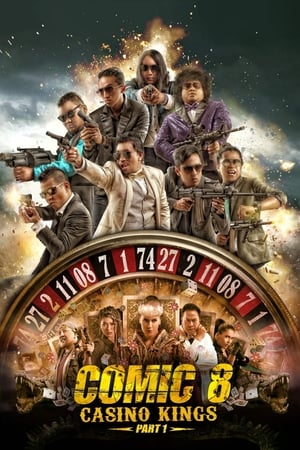 5.6
5.6Comic 8: Casino Kings - Part 1(id)
Eight secret agents assigned to go undercover as stand up comedians in search of a comedian who becomes a liaison to the master criminal named The King, the most spectacular gambling casino owner in Asia.
 7.7
7.7Musangwe: Fight Club(en)
The first rule is that there are no rules. For the bare-knuckle combatants competing in Musangwe fights, anything goes - you can even put a curse on him. The sport, which dates back centuries, has become a South African institution. Any male from the age of nine to ninety can compete. We follow a group of fighters as they slug it out in the ring. Who will be this year's champion?
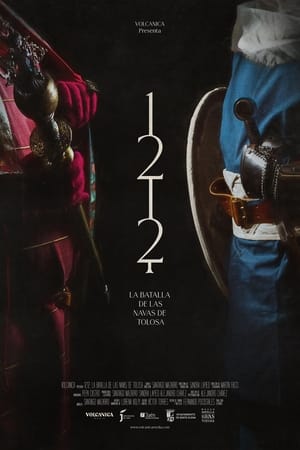 5.6
5.61212. The Battle of Las Navas de Tolosa(es)
On 16 July 1212, a Crusader army made up of Castilians, Aragonese and Navarrese (but also French, English and Germans) confronted the army of the Almohad Caliph an-Nasir at the foot of the Sierra Morena mountain range. The Battle of Las Navas de Tolosa, as the battle is known, is considered the most important battle of the Middle Ages on the Iberian Peninsula and is a key event in the history of Spain. More than 800 years later, a group of archaeologists and specialists have begun an archaeological study of the battlefield. Is everything that has been said about the battle true? What secrets does the terrain hide? And, above all, what can we learn today about events that took place hundreds of years ago and that pitted tens of thousands of people against each other in the south of our country?
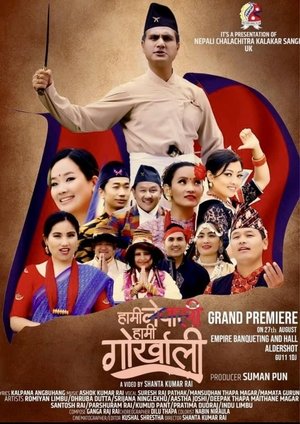 9.5
9.5Hami Nepali Hami Gorkhali(en)
Hami Nepali Hami Gorkhali is a Nepali music video story about Gurkha people
 8.1
8.1LEGO Scooby-Doo! Knight Time Terror(en)
Mystery Inc. is summoned to investigate occurrences in a haunted villa, where a black knight terrorizes anybody who tries to get close to treasure hidden by the former owner of the building.
Similar Movies
 7.3
7.3Daybreak Express(en)
Set to a classic Duke Ellington recording "Daybreak Express", this is a five-minute short of the soon-to-be-demolished Third Avenue elevated subway station in New York City.
Apache(en)
Short about the daily life of the Apaches, including their ceremonies.
 6.5
6.5A 3 Minute Hug(es)
As daylight breaks between the border cities of El Paso, Texas, and Juarez, Mexico, undocumented migrants and their relatives, divided by a wall, prepare to participate in an activist event. For three minutes, they’ll embrace in no man’s land for the briefest and sweetest of reunions.
 7.0
7.0Land Without Bread(es)
An exploration —manipulated and staged— of life in Las Hurdes, in the province of Cáceres, in Extremadura, Spain, as it was in 1932. Insalubrity, misery and lack of opportunities provoke the emigration of young people and the solitude of those who remain in the desolation of one of the poorest and least developed Spanish regions at that time.
Artist Unknown(en)
A short documentary on how people view art and its value in today's society.
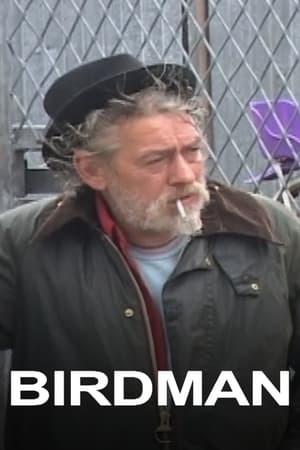 3.4
3.4Birdman(en)
A portrait of Robert, a troubled but poetic soul struggling with his purgatorial existence in a hackney scrapyard.
 5.9
5.9Larisa(ru)
Elem Klimov's documentary ode to his wife, director Larisa Shepitko, who was killed in an auto wreck.
 6.2
6.2The Sixth Side of the Pentagon(fr)
On October 21, 1967, over 100,000 protestors gathered in Washington, D.C., for the Mobilization to End the War in Vietnam. It was the largest protest gathering yet, and it brought together a wide cross-section of liberals, radicals, hippies, and Yippies. Che Guevara had been killed in Bolivia only two weeks previously, and, for many, it was the transition from simply marching against the war, to taking direct action to try to stop the 'American war machine.' Norman Mailer wrote about the events in Armies of the Night. French filmmaker Chris Marker, leading a team of filmmakers, was also there.
 6.7
6.7Workers Leaving the Lumière Factory(fr)
Working men and women leave through the main gate of the Lumière factory in Lyon, France. Filmed on 22 March 1895, it is often referred to as the first real motion picture ever made, although Louis Le Prince's 1888 Roundhay Garden Scene pre-dated it by seven years. Three separate versions of this film exist, which differ from one another in numerous ways. The first version features a carriage drawn by one horse, while in the second version the carriage is drawn by two horses, and there is no carriage at all in the third version. The clothing style is also different between the three versions, demonstrating the different seasons in which each was filmed. This film was made in the 35 mm format with an aspect ratio of 1.33:1, and at a speed of 16 frames per second. At that rate, the 17 meters of film length provided a duration of 46 seconds, holding a total of 800 frames.
 7.4
7.4Do Not Split(en)
The story of the 2019 Hong Kong protests, told through a series of demonstrations by local protestors that escalate into conflict when highly armed police appear on the scene.
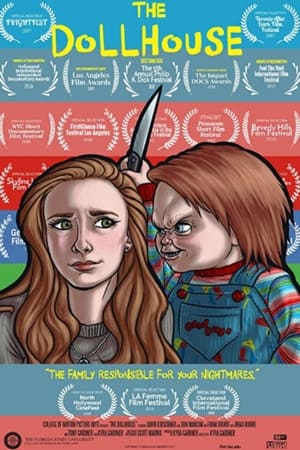 8.0
8.0The Dollhouse(en)
Kyra Gardner's loving tribute to growing up in the world of the psycho killer doll, Chucky.
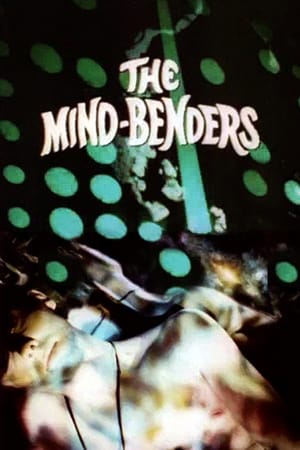 6.0
6.0The Mind-Benders: LSD and the Hallucinogens(en)
This FDA film explores the history of hallucinogenic drugs, and specifically the effects and therapeutic uses of lysergic acid diethylamide (LSD). Combining graphics that suggest a hallucinogenic experience, snippets of interviews with users (who explain their reasons for taking the drug) and doctors, and taped sessions of research with volunteers, the film delves into the destructive as well as possible positive uses of the drug.
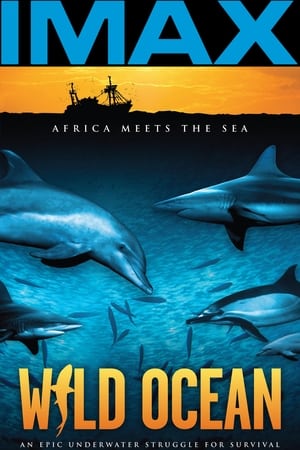 7.5
7.5Wild Ocean(en)
Wild Ocean is in an uplifting, giant screen cinema experience capturing one of nature's greatest migration spectacles. Plunge into an underwater feeding frenzy, amidst the dolphins, sharks, whales, gannets, seals and billions of fish. Filmed off the Wild Coast of South Africa, Wild Ocean is a timely documentary that celebrates the animals that now depend on us to survive and the efforts by the local people to protect this invaluable ecological resource. Hope is alive on the Wild Coast, where Africa meets the sea.
 0.0
0.0Somos animales(es)
Tania and Cocteau, a cat that comes from the not too distant future, tell the story of the passage of animals through the world and their relationship with humans.
 4.5
4.5Shake Hands with Danger(en)
This short cautionary training film examines dangers associated with earthmoving equipment operation, showing many simulated accidents on construction sites.
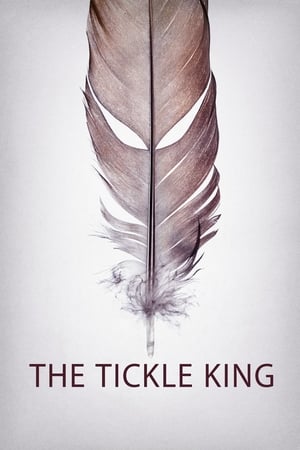 6.9
6.9The Tickle King(en)
Featuring new, previously unseen footage documenting the bizarre and unsettling things that happened to filmmakers David Farrier and Dylan Reeve as Tickled premiered at film festivals and theaters in 2016. Lawsuits, private investigators, disrupted screenings and surprise appearances are just part of what they encounter along the way. Amidst new threats, the duo begins to answer questions that remained once the credits rolled on Tickled, including whether the disturbing behavior they uncovered will ever come to an end.
 5.8
5.8Rocky Jumped a Park Bench(en)
A location tour of the Rocky filming locations in Philadelphia.
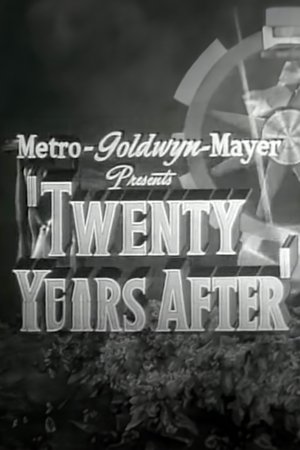 6.0
6.0Twenty Years After(en)
This short celebrates the 20th anniversary of MGM. Segments are shown from several early hits, then from a number of 1944 releases.
